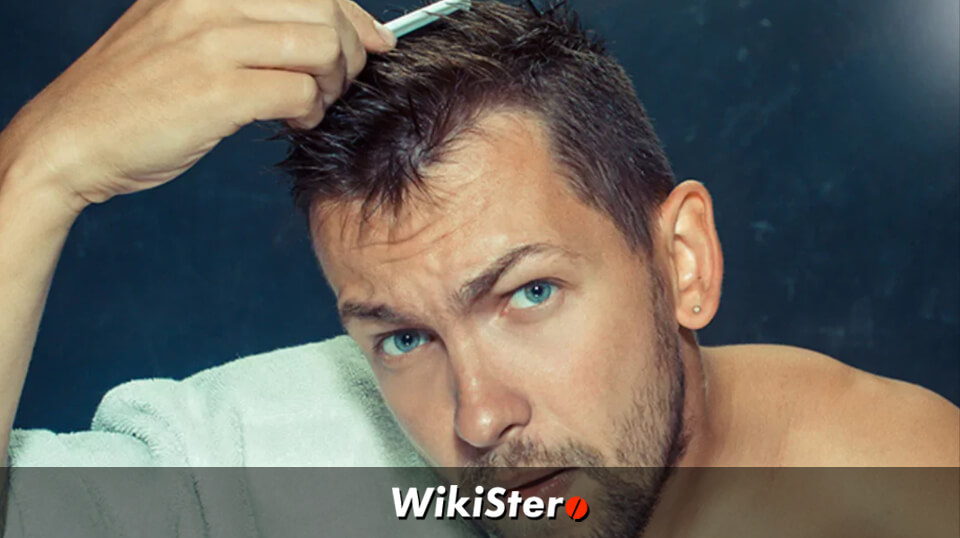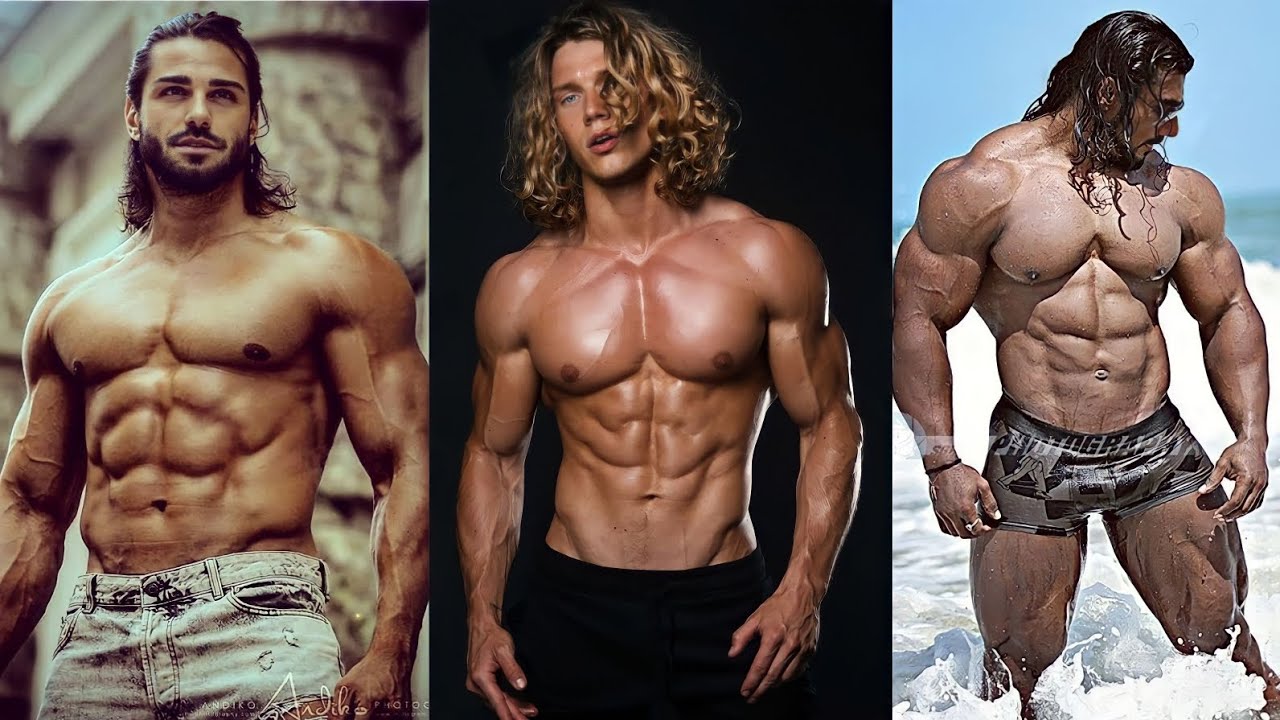 Hair loss is a dreaded side effect of anabolic steroid use. But it is not systematic. Even with products like testosterone, Winstrol or high-dose trenbolone, it’s perfectly possible to maintain a healthy head of hair.
Hair loss is a dreaded side effect of anabolic steroid use. But it is not systematic. Even with products like testosterone, Winstrol or high-dose trenbolone, it’s perfectly possible to maintain a healthy head of hair.
Understanding the cause: the role of DHT
What is DHT?
DHT (dihydrotestosterone) is a hormone derived from testosterone. It is the main cause of androgenetic alopecia, a form of hair loss linked to the hormonal sensitivity of follicles.
Why do steroids accelerate fall?
Some anabolics sharply increase DHT levels or activate androgen receptors in the scalp, shortening the hair growth phase and weakening the roots.
The riskiest steroids for hair
Testosterone (in high doses or over long periods)
- Winstrol (stanozolol)
- Trenbolone
- Masteron
- Dianabol
- Superdrol
Even certain so-called “mild” products, such as Anavar, can cause losses in genetically sensitive individuals.
Good news: it doesn’t have to be this way
Not everyone loses their hair on steroids. And even if hair loss does begin, there are effective solutions. It is possible to slow down, stabilize or even reverse the process, especially if you intervene early.
Effective protocols for limiting hair loss
- Ketoconazole 2% shampoo
This is often the first thing to go. This shampoo, originally designed for dandruff, does much more than cleanse. It helps calm scalp inflammation and partially blocks the effects of DHT, the hormone that attacks hair roots. What’s more, it leaves the scalp clean and healthy, which is essential during a cycle.
Directions for use: use two or three times a week. Massage well into scalp, leave on for five minutes, then rinse.
- Low Frequency Laser Treatment (LLLT)
This is a simple, painless method that involves exposing the hair to a special red light. This type of light helps wake up tired roots, improves circulation in the scalp and can make hair denser over time. It’s a good complement to other treatments.
Instructions for use: three times a week, for about 20 minutes. Helmets or combs are available for easy use at home.
- Minoxidil 5%
This is one of the best-known treatments for hair loss. Minoxidil does not block the hormone responsible for hair loss, but helps hair to grow back by improving the supply of blood and nutrients to the roots. It has been used for a long time and gives good results, especially if started early.
Directions for use: apply 1 ml morning and evening directly to the areas concerned, every day, without exception.
- Topical finasteride (lotion)
This is where we get to the root of the problem: DHT. Finasteride blocks this hormone, but when taken orally, it acts throughout the body, which can sometimes cause problems (reduced libido, fatigue…). When taken topically, i.e. applied directly to the scalp, it acts mainly locally, with far fewer side effects.
Useful supplements to strengthen hair
Good nutrition is important to prevent hair loss. Certain nutrients help keep hair strong.
Minerals: zinc, iron, magnesium.
Essential vitamins: biotin (B7), vitamin D (less than 2000 IU/d), vitamins C and E.
Important amino acids: lysine, arginine, glycine, taurine.
Avoid overdosed multivitamins, especially vitamins A and D, as they can aggravate falls in some people.
Aggravating factors to avoid
To protect your hair, limit :
- Tobacco (even passive)
- Chronic stress
- Lack of sleep
- Extreme or unbalanced diets
- Poor scalp hygiene
- Pollution, dust, accumulated sweat
- Hormone-disrupting drugs or diseases
Conclusion
Hair loss on steroids is not inevitable. Hair loss affects different people in different ways, depending largely on your genetics, but also on how you look after your scalp.
If you take good care of your hair right from the start, you can maintain a beautiful density, even when using strong steroids.
The secret is not to wait until hair loss is really visible. As soon as you see the first signs, you need to start taking action to avoid losing too much hair.
If you have any doubts, or if you’d just like a chat and a follow-up, please contact our product experts(https://wikistero.com/contact-us/).
